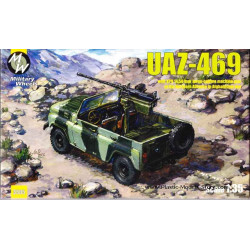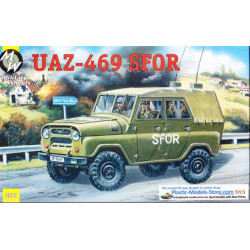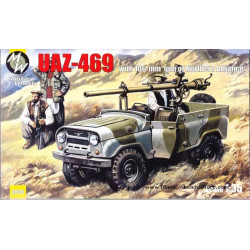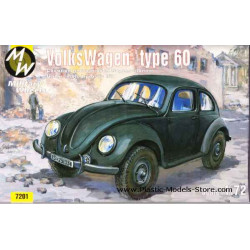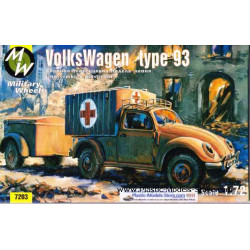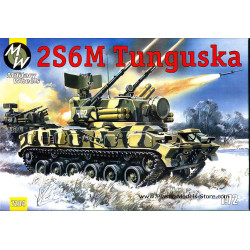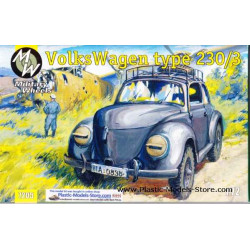F-22 Soviet 76,2mm division gun
1/72 WWII vehicle scale plastic model kit
Military Wheels 7269
Manufacturer: Military Wheels (Ukraine)
Scale: 1/72
Material: Plastic
Paint: Unpainted, Unassembled, Kit do not contain paints and glue.
Condition: New in Box
The 7.62 cm FK 36(r) and Pak 36(r) (7.62 cm Feldkanone (Field gun)/36 (russisch) and Panzerabwehrkanone (Anti-tank gun) 36(russisch)) were German anti-tank guns used by the Wehrmacht in World War II. The first guns were conversions of the Soviet 76-mm divisional gun M1936 (F-22). Later in the war, the Soviet USV and ZiS-3 76 mm divisional guns were also converted.The FK36(r) and Pak 36(r) both had a split-trail carriage, with a transverse leaf spring axle suspension, and steel wheels, with foam rubber filled tires. The guns were equipped with a semi-automatic vertical breech block; the recoil mechanism consisted of a hydraulic recoil buffer and a hydropneumatic recuperator. There was no limber; therefore the gun could not be towed by a horse team.Soon after the German invasion of the USSR in 1941, Wehrmacht units encountered new Soviet tanks: the medium T-34 and the heavy KV. The thick sloped armor of these vehicles gave them a good degree of protection against German anti-tank weapons. The situation eventually led to requests for more powerful guns that would be able to destroy the aforementioned tanks from long range. Germany already had a suitable design, the 7.5 cm Pak 40, entering production in late 1941, but the first pieces were not delivered until 1942. Until enough of these could be manufactured, expedient solutions were required.
In the early stages of Operation Barbarossa, the Germans captured a large number (approximately 1,300) of Soviet 76-mm divisional guns model 1936 (F-22). Developed with anti-tank abilities in mind, this Soviet gun had powerful ballistics; it was also originally intended to use a more powerful cartridge than the one eventually adopted. However, the design had some shortcomings in the anti-tank role: the shield was too high, the two man laying was inconvenient and the sighting system was more suitable for the F-22 original divisional field gun role. Using considerable thrift, German engineers were able to quickly modify the F-22, which by that time had been adopted in original form as the FK296(r) by the Wehrmacht. In late 1941, German engineers developed a modernization program. The initial modifications that brought the guns to FK36(r) standard included:removing the top section of the shield and using the armour off-cuts to superimpose over the lower section of the shield. These were held in place using the standard Pak38 shield pintles.
re-orienting the traverse gear box and handwheel shaft linkages so as to mount the traverse handwheel on the left side of the gun next to the sight. As the new transverse rod linkage went through a gap in the recoil cradle's elevation arc, the maximum elevation angle was limited to 18 degrees.
replacing the Russian sight with a Pak 38 style anti-tank sighting block that could mount the standard ZF3x8 sighting telescope or an emergency fold out iron sight. Like the Pak 40 and Pak 97/38, the sight mount had provision for attaching an indirect sighting device - the Aushilfsrichtmittel 38 (ARM38).
The first of these converted F-22s retained the original Russian ammunition (confirmed by measuring the chamber length of 15.2 inches or 385 mm) and were still designated FK296(r) on the sight's range drum. These early anti-tank conversions are discernible as they have not been fitted with a muzzle brake. These intermediate guns had various designations, but appear mainly to have been referred to as "FK36(r)",[citation needed] despite their dedicated anti-tank role seeming to warrant the designation "Pak" rather than "FK". The conversion work was performed by HANOMAG, with sight blocks made by Kerner & Co in 1942 (ggn42).
Later up-grades were designated as the Pak36(r), and:
Were Rechambered for the more powerful German Pak40 cartridge - which was nearly twice as long as the Soviet one (715 mm vs 385.3 mm) and also wider (100 mm vs 90 mm), resulting in 2.4 times the propellant load; and
Had recoil mechanism adjustments to accommodate the new recoil characteristics.
| General Product Info | |
| Material | NOT SET |
| Scale | 1/72 |
| Type | NOT SET |
We have the lowest worldwide shipping. And it's totally simple.
EUROPE, USA, CANADA TURKEY, ISRAEL, EGYPT, UE CHINA, JAPAN, HK, S.KOREA | AU NZ MX South America, Asia | |
| Order weight up to 0.22kg or 0.48lb | US$ 8.90 | US$ 8.90 |
| Order weight up to 0.44kg or 0.97lb | US$ 13.95 | US$ 17.90 |
| Order weight over 0.44kg or 0.97lb | US$ 19.99 | US$ 29.99 |
| Order total over $150 | FREE | PROMO US$ 19.99 |
Shipping to some countries not qualifies for the free shipping option but costs not over $29.99 for any sized order. Sorry for that, your location is too far.
- Stock: 2
- Model: MW7269
- Weight: 0.15lb
- DATE ADDED: 20/01/2015
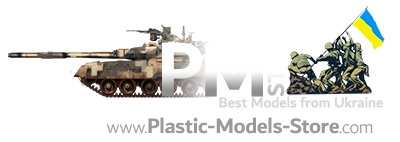
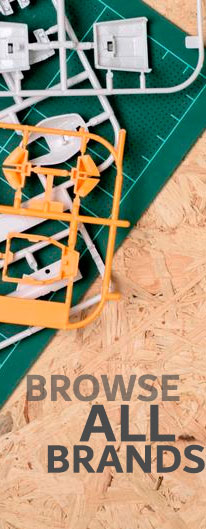

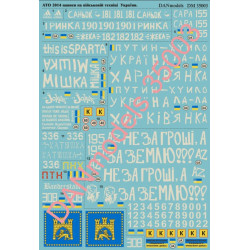
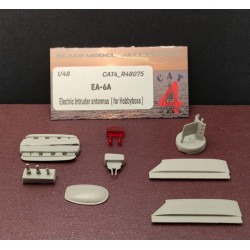



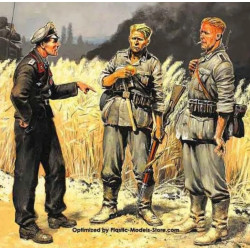



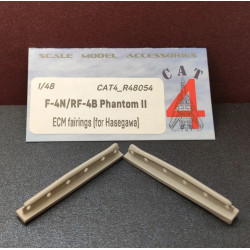
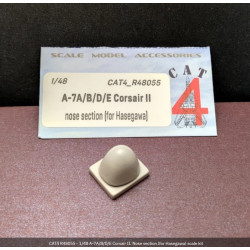

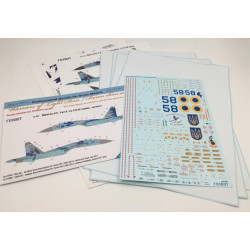
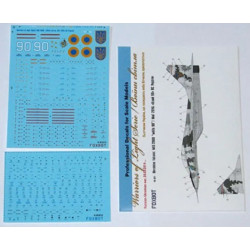

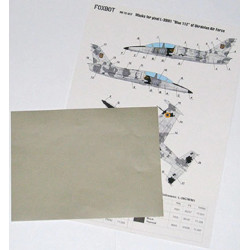
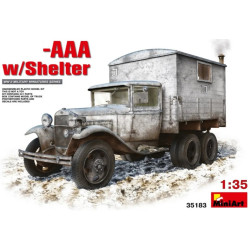


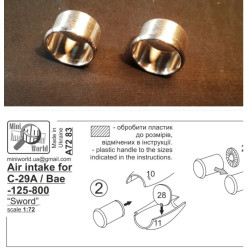
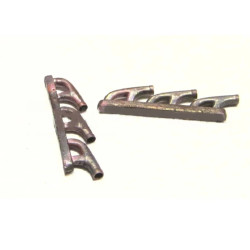
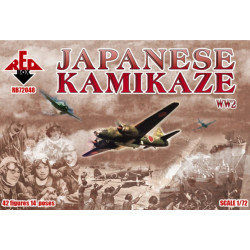





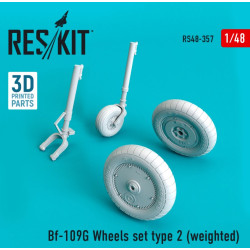


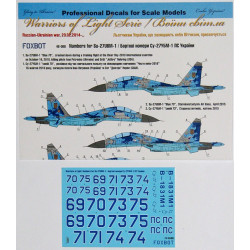
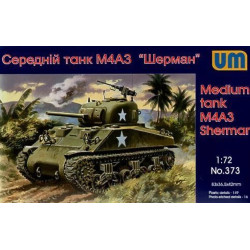









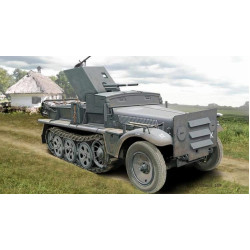
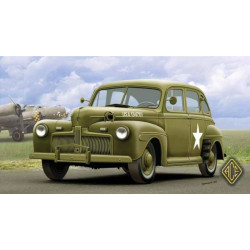
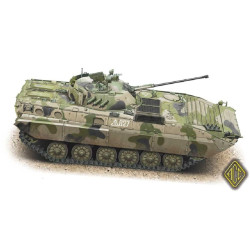
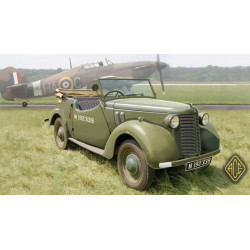
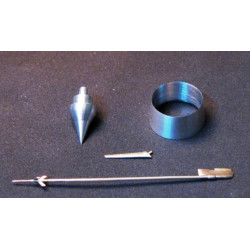

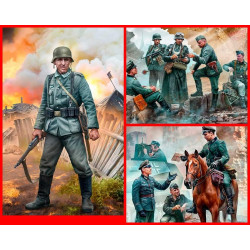
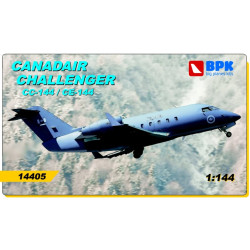
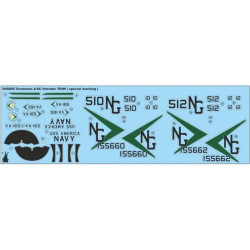

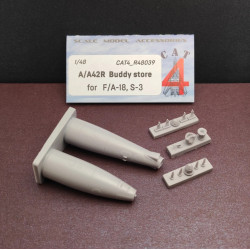

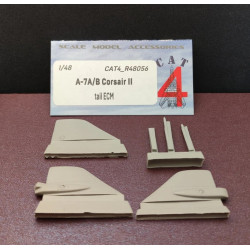
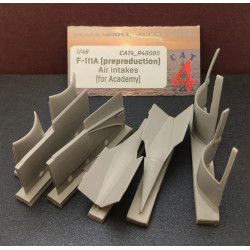
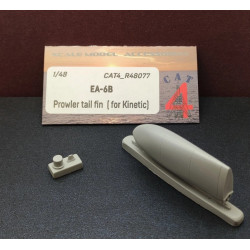
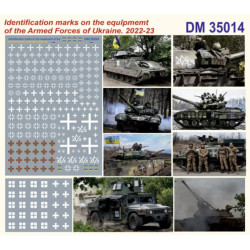
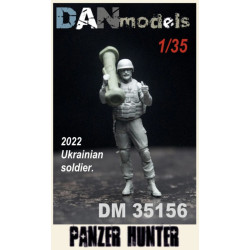

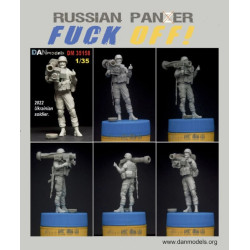

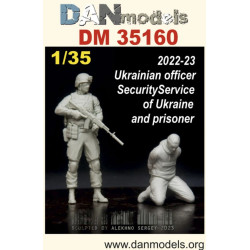
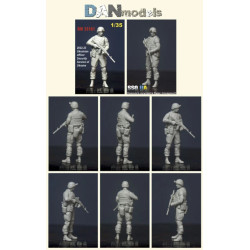
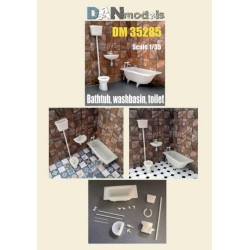
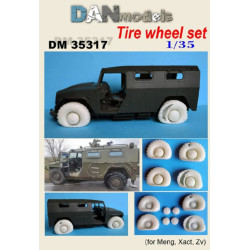
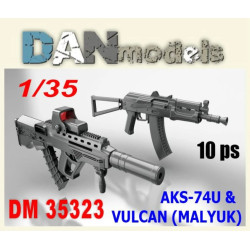
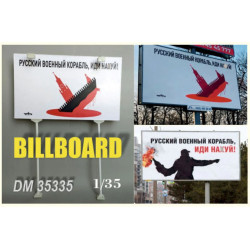
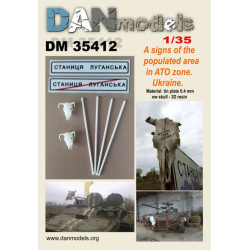


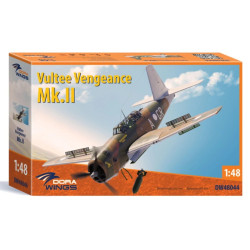

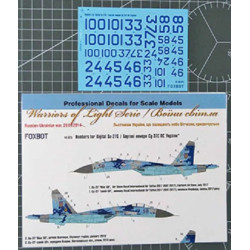

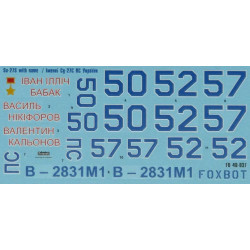

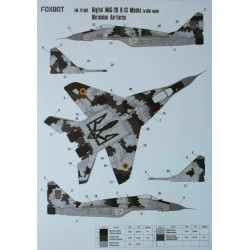





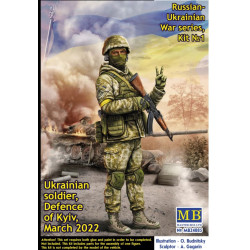
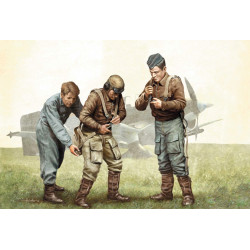

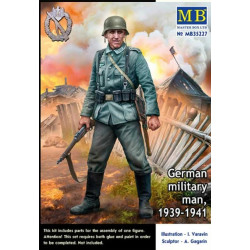
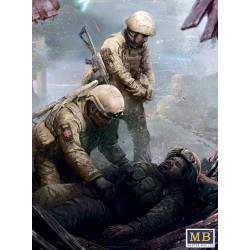












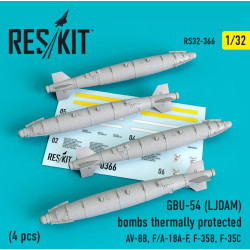










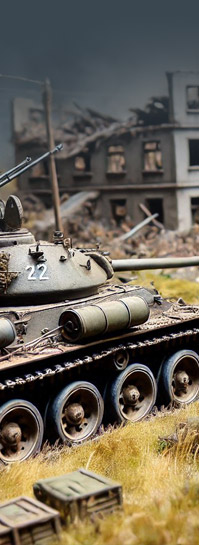
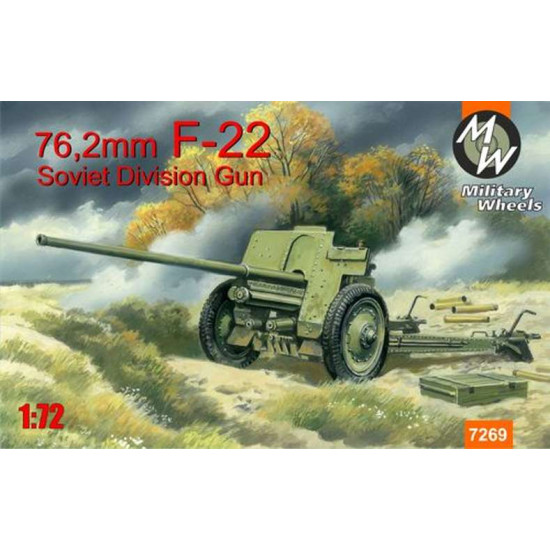

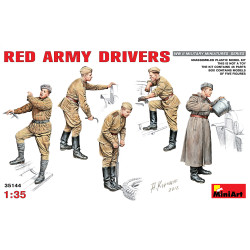
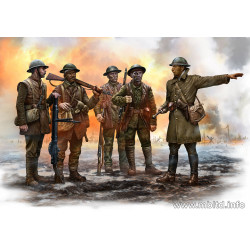
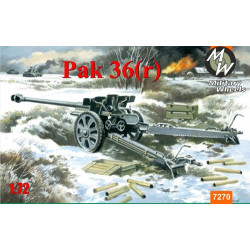
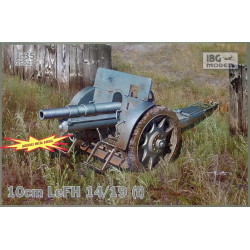
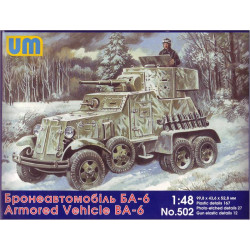
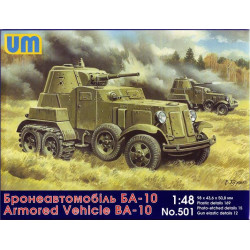
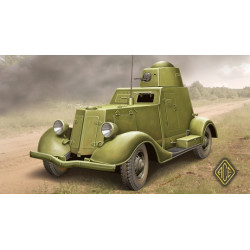
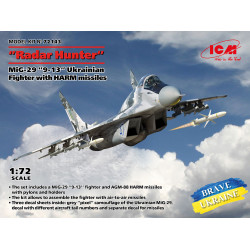
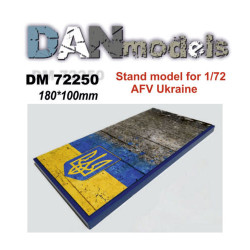

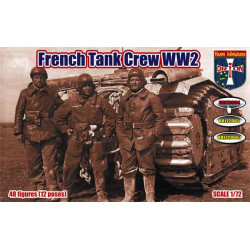

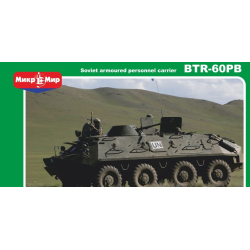
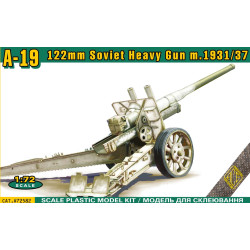
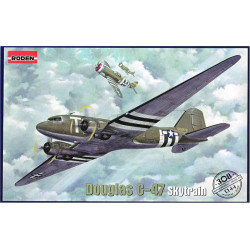
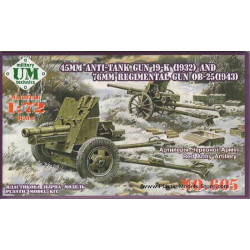
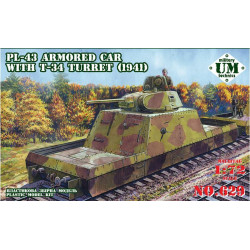
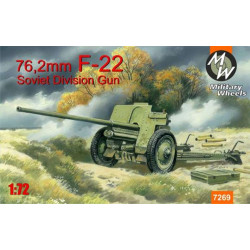
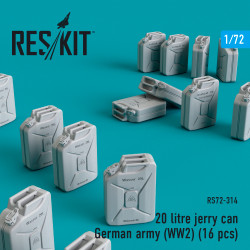
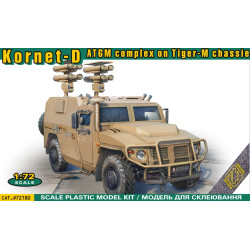

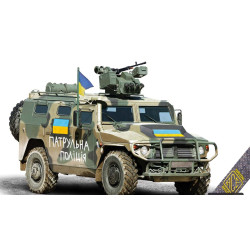
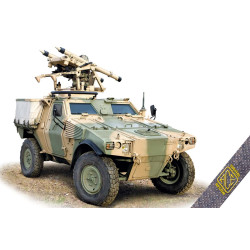
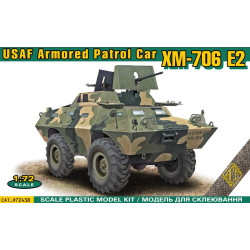

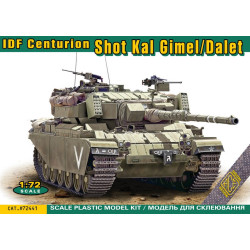
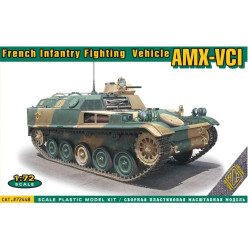
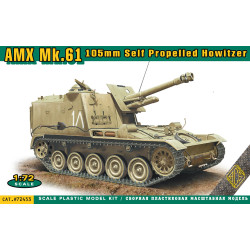
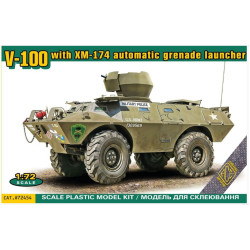

%201-250x250w.jpg)
%20scale%20plastic%20model%20kit%201-250x250w.jpg)
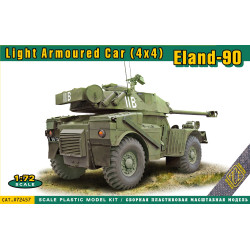
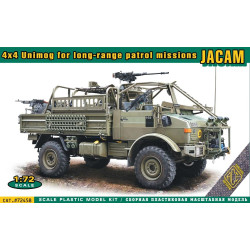
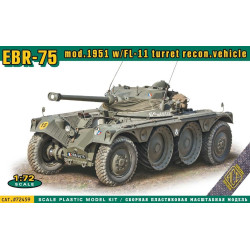
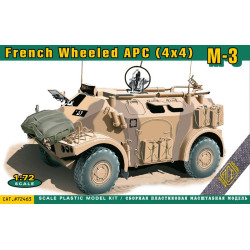

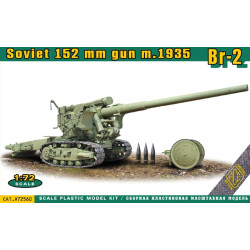
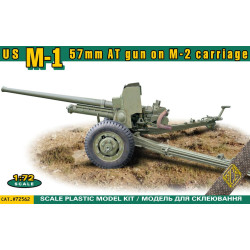
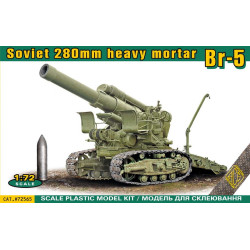

%20auf%20mZgkw%205t.1%20(1)-250x250w.jpg)
%20auf%20mZgkw%205t.1-250x250w.jpg)
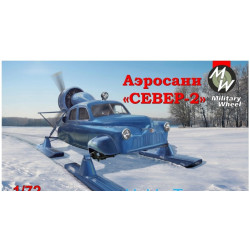
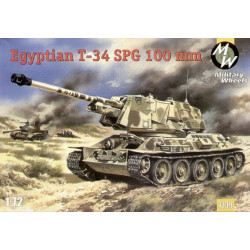
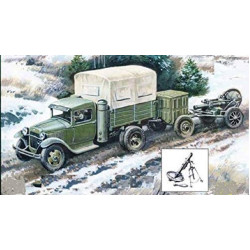
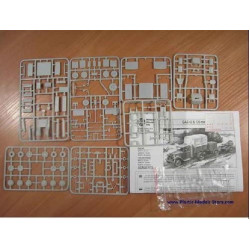
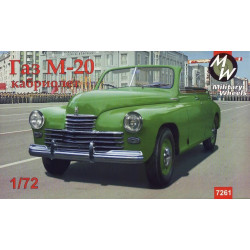
%201-250x250w.jpg)
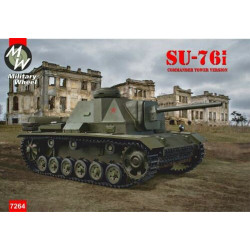
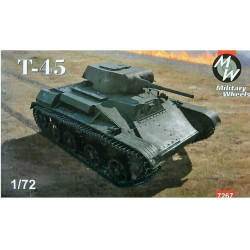
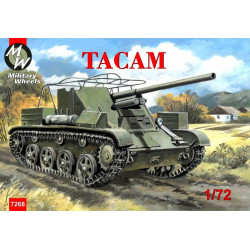
%201-250x250w.jpg)
%201-250x250w.jpg)

